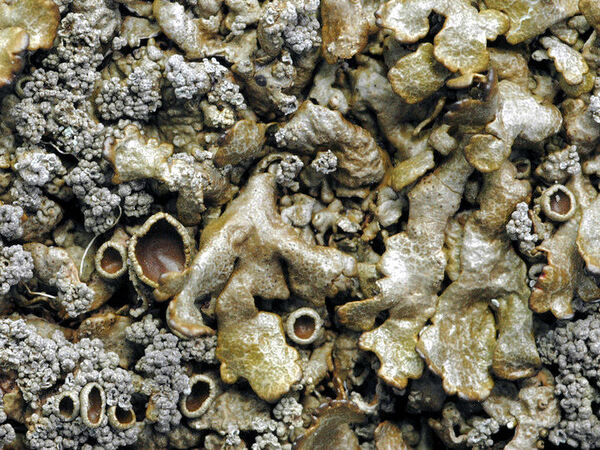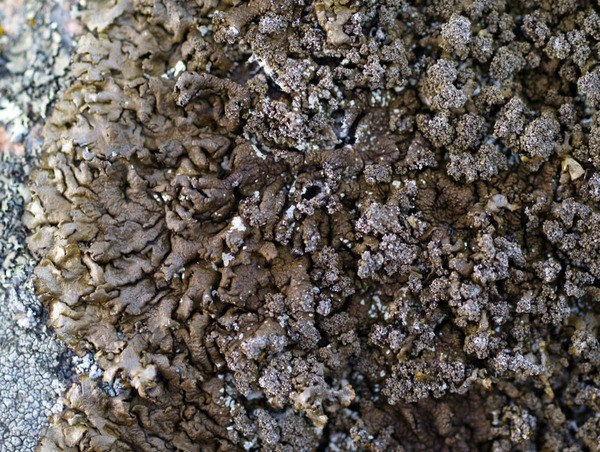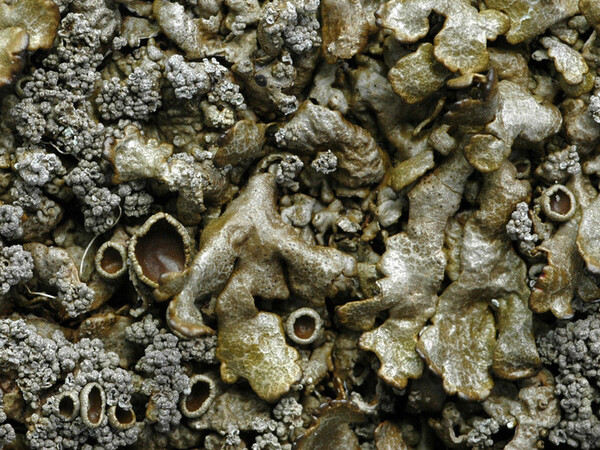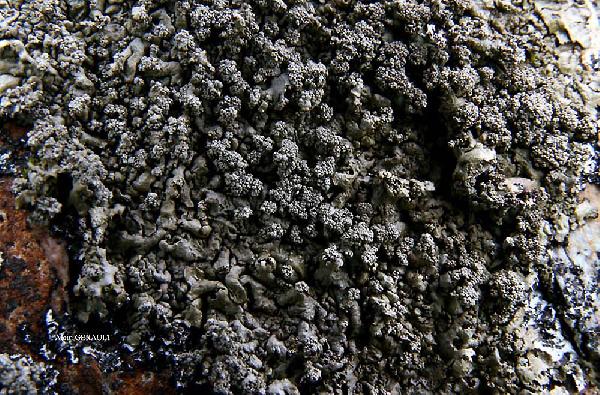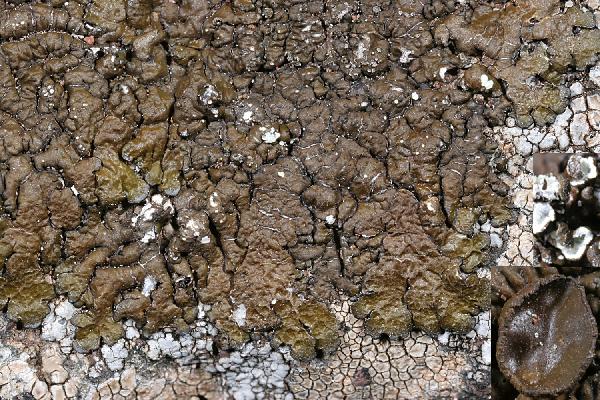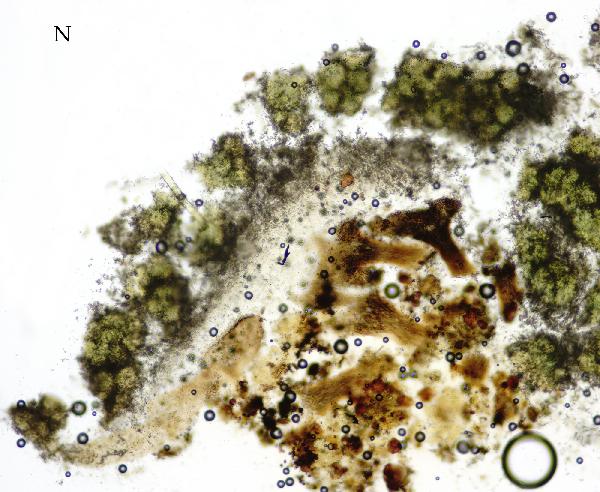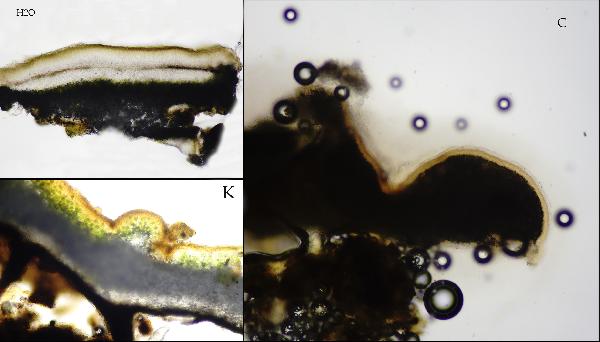Xanthoparmelia loxodes (Nyl.) O. Blanco, A. Crespo, Elix, D. Hawksw. & Lumbsch
Taxon, 53: 968, 2004. Basionym: Parmelia loxodes Nyl. - Flora, 55: 426, 1872.
Synonyms: Neofuscelia loxodes (Nyl.) Essl.; Parmelia delisei var. isidiascens (Nyl. ex Cromb.) Zahlbr.; Parmelia glabrizans Flagey; Parmelia isidiotyla Nyl.; Parmelia prolixa var. isidiascens Nyl. ex Cromb.
Distribution: N - VG (Crisafulli & al. 2004, Giordani & al. 2003, Tretiach & al. 2007b), Frl, TAA (Giordani & al. 2003), Lomb (Valcuvia & Delucchi 2001, Valcuvia & al. 2003, De Vita & Valcuvia 2004, Delucchi & Valcuvia 2004), Emil (Giordani & al. 2003, Fariselli & al. 2020), Lig (Giordani & al. 2003, Rizzi & al. 2006, Watson 2014). C - Tosc (Benesperi 2000a, Giordani & al. 2003, Lastrucci & al. 2009), Marc (Nimis & Tretiach 1999, Giordani & al. 2003), Umb (Panfili 2000b, Ravera & al. 2006, Genovesi 2011), Laz (Gigante & Petriccione 1995, Giordani & al. 2003, Zucconi & al. 2013), Abr (Nimis & Tretiach 1999, Giordani & al. 2003), Mol (Garofalo & al. 1999, Caporale & al. 2008), Sar (Monte 1993, Giordani & al. 2003, 2013, Rizzi & al. 2011, Cossu & al. 2015). S - Camp (Garofalo & al. 1999, Aprile & al. 2002, Giordani & al. 2003, Nimis & Tretiach 2004, Catalano & al. 2016), Pugl (Garofalo & al. 1999), Bas (Nimis & Tretiach 1999, Giordani & al. 2003), Cal (Puntillo 1996), Si (Ottonello & al. 1994, 2011, Nimis & al. 1996b, Ottonello & Romano 1997, Grillo 1998, Giordani & al. 2003, Grillo & Caniglia 2004).
Description: Thallus foliose, heteromerous, dorsiventral, narrow-lobed, closely adpressed, forming orbicular to confluent, to 11-14(-20) cm wide rosettes. Lobes elongate, contiguous to imbricate (0.5-)1-3(-5) mm wide, flat, the upper surface olive-brown to dark brown, usually paler in marginal parts, smooth to rugose in central parts, rarely pruinose on lobe ends, with laminal, distinctly pustular, 0.1-0.5 mm wide, hollow isidia which often proliferate, forming cauliflower-like cushions which easily abrade, resembling soralia. Lower surface olive-brown to brown, sometimes paler on lobe ends, with mostly simple rhizines. Upper cortex paraplectenchymatous, with a pored epicortex, the cell walls with Xanthoparmelia-type lichenan; medulla white; lower cortex paraplectenchymatous. Apothecia rare, lecanorine, to 10 mm across, with a brown disc and a margin which often bears pustular isidia. Epithecium brown; hymenium and hypothecium colourless; paraphyses simple; hypothecium colourless. Asci 8-spored, clavate, the K/I+ blue tholus penetrated by a faintly amyloid apical cushion with parallel or diverging flanks, the wall K/I-, surrounded by a K/I+ blue outer layer, Lecanora-type. Ascospores 1-celled, hyaline, ellipsoid, 7-10 x 4-5 µm. Pycnidia rare, immersed. Conidia dumbbell-shaped, 5-6 x 1 µm Photobiont chlorococcoid. Spot tests: upper cortex K-, C-, KC-, P-, N+ blue-green, UV-; medulla K-, C- or rarely C+ pink, KC+ orange-red, P-, UV+ white. Chemistry: medulla with glomelliferic and glomellic acids (both major), perlatolic acid (minor), rarely gyrophoric acid (minor).Note: a mainly temperate, common species of basic siliceous rocks, occurring also in urban areas (e.g. well into the outskirts of Rome), with a slightly suboceanic distribution in Europe.
Growth form: Foliose, broad lobed
Substrata: rocks
Photobiont: green algae other than Trentepohlia
Reproductive strategy: mainly asexual, by soredia, or soredia-like structures (e.g. blastidia)
Commonnes-rarity: (info)
Alpine belt: absent
Subalpine belt: absent
Oromediterranean belt: absent
Montane belt: rather rare
Submediterranean belt: very common
Padanian area: very rare
Humid submediterranean belt: extremely common
Humid mediterranean belt: very common
Dry mediterranean belt: rather common
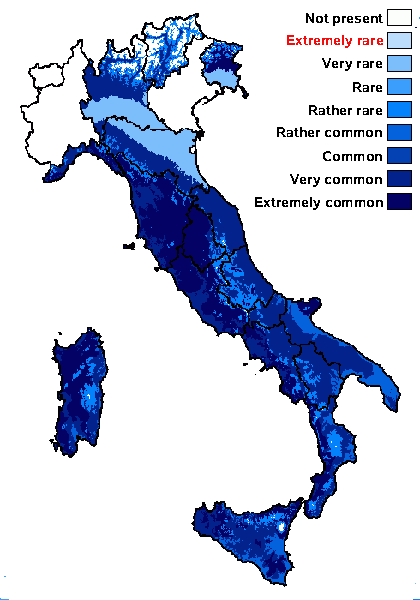
Predictive model
Herbarium samples
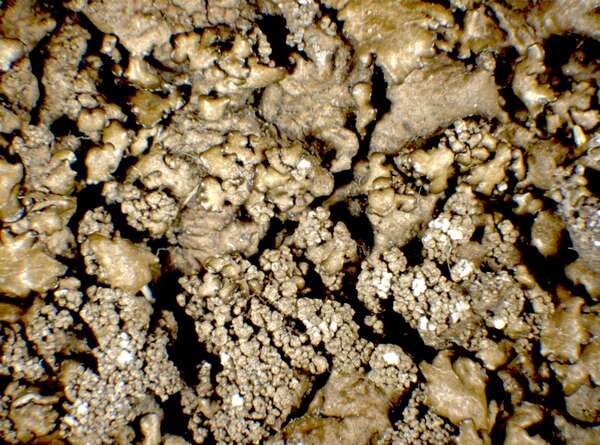

P.L. Nimis; Owner: Department of Life Sciences, University of Trieste
Herbarium: TSB (14876)
2001/12/05
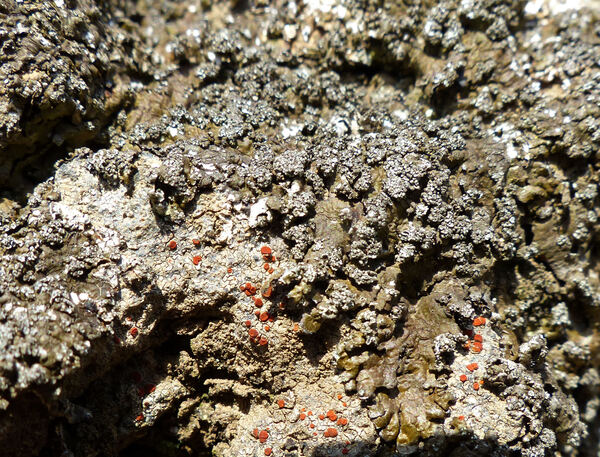

Andrea Moro; Owner: Department of Life Sciences, University of Trieste
Italy, Lazio, Roma, Ruines of ancient Tusculum, above Frascati
18/03/2017
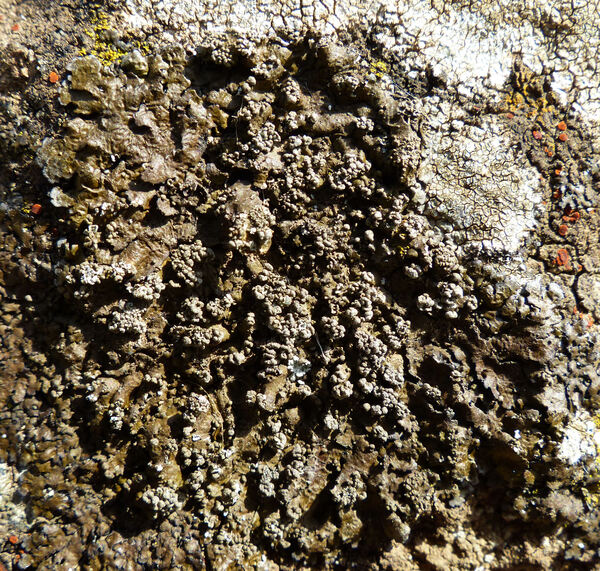

Andrea Moro; Owner: Department of Life Sciences, University of Trieste
Italy, Lazio, Roma, Ruines of ancient Tusculum, above Frascati
18/03/2017
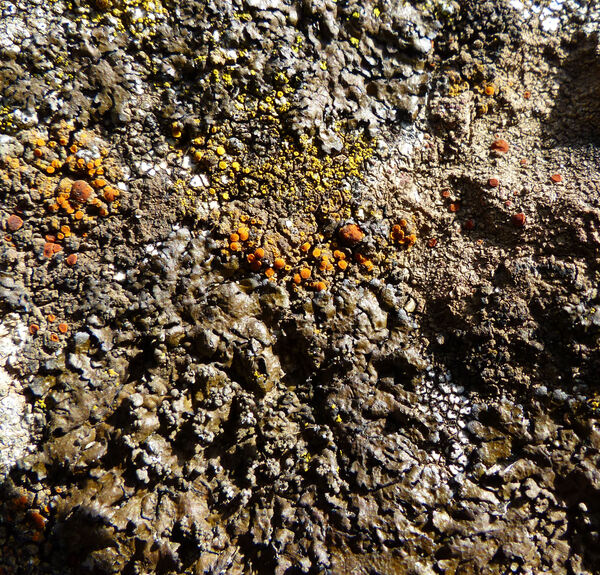

Andrea Moro; Owner: Department of Life Sciences, University of Trieste
Italy, Lazio, Roma, Ruines of ancient Tusculum, above Frascati
18/03/2017


Andrea Moro; Owner: Department of Life Sciences, University of Trieste
Italy, Lazio, Roma, Ruines of ancient Tusculum, above Frascati
18/03/2017
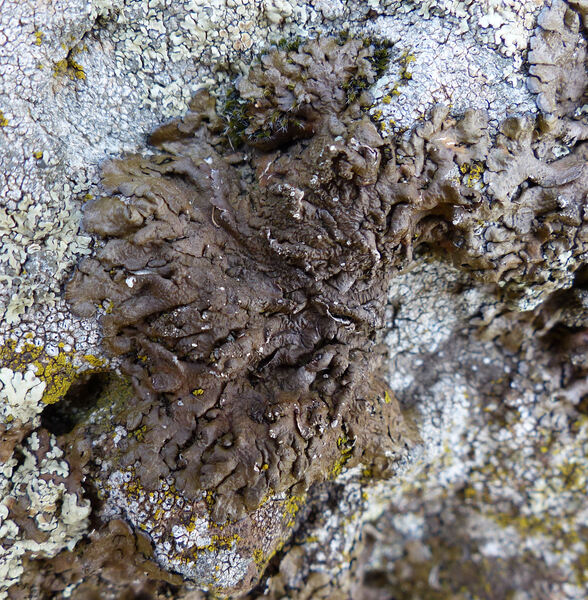

Andrea Moro; Owner: Department of Life Sciences, University of Trieste
Italy, Lazio, Roma, Ruines of ancient Tusculum, above Frascati
18/03/2017
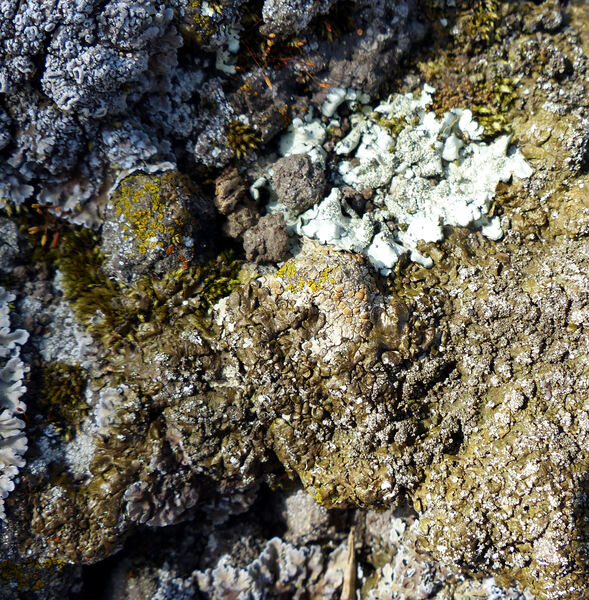

Andrea Moro; Owner: Department of Life Sciences, University of Trieste
Italy, Lazio, Roma, Ruines of ancient Tusculum, above Frascati
18/03/2017


Andrea Moro; Owner: Department of Life Sciences, University of Trieste
Italy, Lazio, Roma, Ruines of ancient Tusculum, above Frascati
18/03/2017
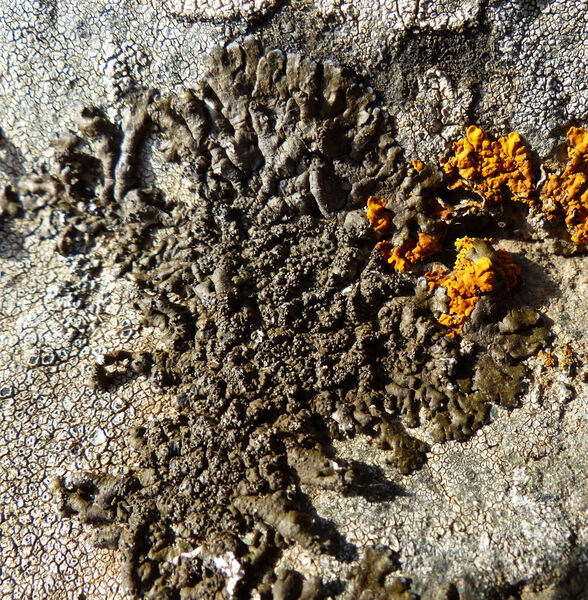

Andrea Moro; Owner: Department of Life Sciences, University of Trieste
Italy, Lazio, Roma, Ruines of ancient Tusculum, above Frascati
18/03/2017


Andrea Moro; Owner: Department of Life Sciences, University of Trieste
Italy, Lazio, Roma, Ruines of ancient Tusculum, above Frascati
18/03/2017
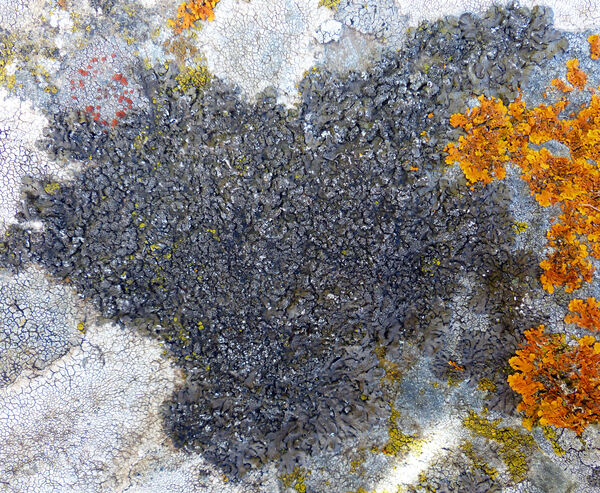

Andrea Moro; Owner: Department of Life Sciences, University of Trieste
Italy, Lazio, Roma, Ruines of ancient Tusculum, above Frascati
18/03/2017
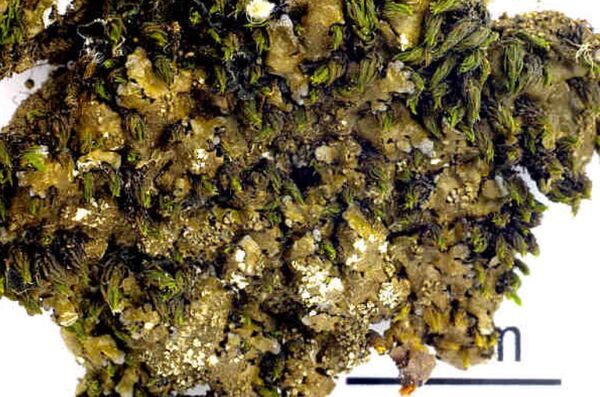

Felix Schumm – CC BY-SA 4.0
Image from: F. Schumm (2008) - Flechten Madeiras, der Kanaren und Azoren. Beck, OHG - ISBN: 978-3-00-023700-3
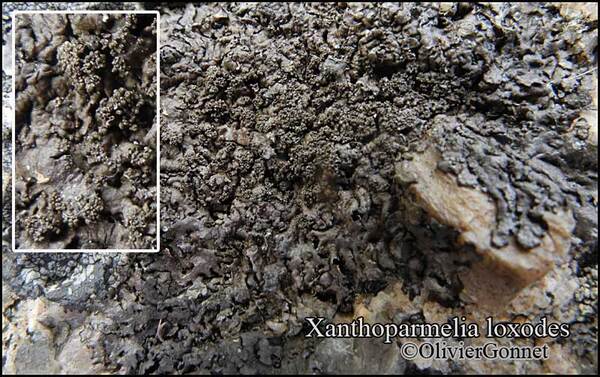
Courtesy Danièle et Olivier Gonnet - Source: https://www.afl-lichenologie.fr/Photos_AFL/Photos_AFL_X/Xanthoparmelia_loxodes.htm
France, session AFL 2010 - Hérault

Bernard Bouffinier - Source: http://www.lichensmaritimes.org/index.php?task=fiche&lichen=90&lang=en
France, Pointe de Dinan
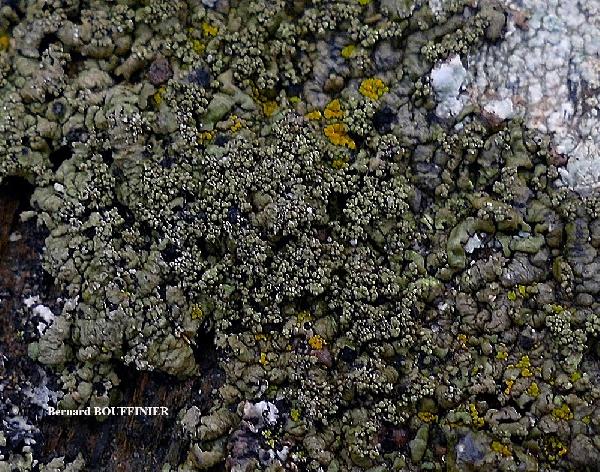
Bernard Bouffinier - Source: http://www.lichensmaritimes.org/index.php?task=fiche&lichen=90&lang=en
France, Pointe de Dinan
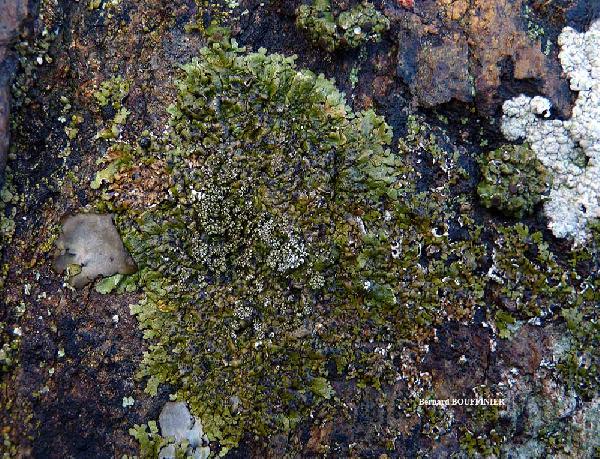
Bernard Bouffinier - Source: http://www.lichensmaritimes.org/index.php?task=fiche&lichen=90&lang=en
France, Port Merrien
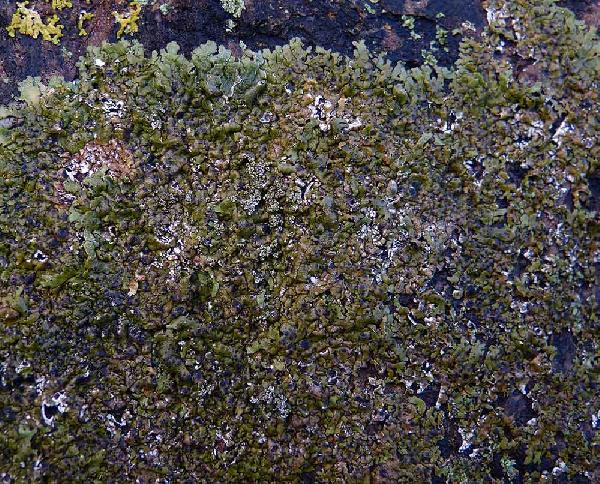
Bernard Bouffinier - Source: http://www.lichensmaritimes.org/index.php?task=fiche&lichen=90&lang=en
France, Port Merrien
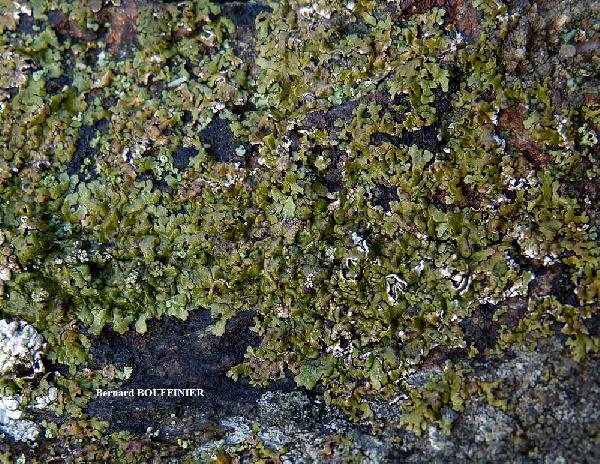
Bernard Bouffinier - Source: http://www.lichensmaritimes.org/index.php?task=fiche&lichen=90&lang=en
France, Port Merrien

Bernard Bouffinier - Source: http://www.lichensmaritimes.org/index.php?task=fiche&lichen=90&lang=en
France, Port Merrien
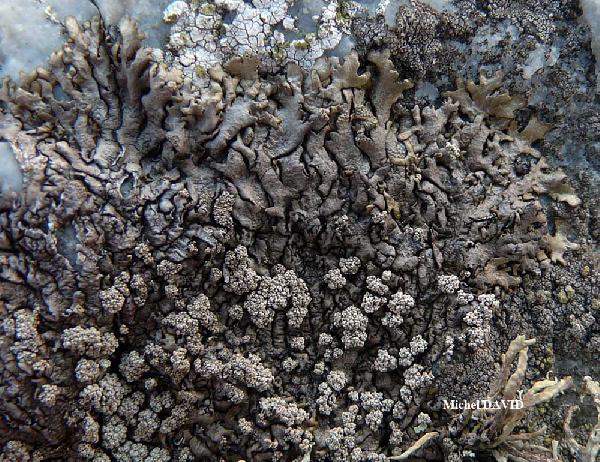
Michel David - Source: http://www.lichensmaritimes.org/index.php?task=fiche&lichen=90&lang=en
France, Pointe de Dinan

Bernard Bouffinier - Source: http://www.lichensmaritimes.org/index.php?task=fiche&lichen=90&lang=en
France, Tréberon

Marta González Garcia - Centro de Estudios Micologicos Asturianos
Spain, Salcedo (Quirós-Asturias), 13-III-2022, en rocas ácidas junto a Circinaria sp. y Candelariella vitellina.

Marta González Garcia - Centro de Estudios Micologicos Asturianos
Spain, Salcedo (Quirós-Asturias), 13-III-2022, en rocas ácidas junto a Circinaria sp. y Candelariella vitellina.
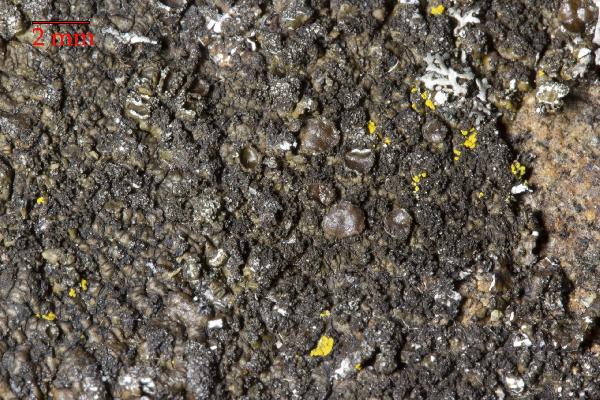
Marta González Garcia - Centro de Estudios Micologicos Asturianos
Spain, Salcedo (Quirós-Asturias), 13-III-2022, en rocas ácidas junto a Circinaria sp. y Candelariella vitellina.
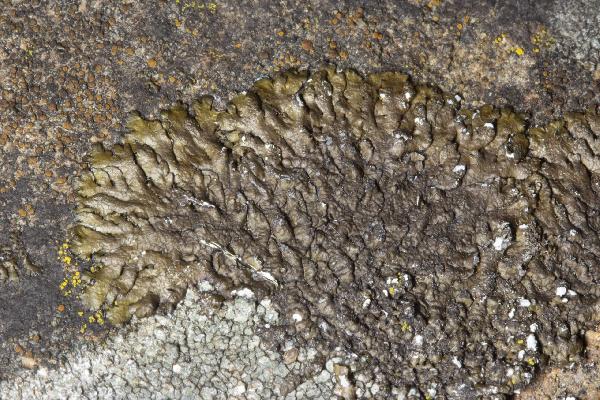
Marta González Garcia - Centro de Estudios Micologicos Asturianos
Spain, Salcedo (Quirós-Asturias), 13-III-2022, en rocas ácidas junto a Circinaria sp. y Candelariella vitellina.

Marta González Garcia - Centro de Estudios Micologicos Asturianos
Spain, Salcedo (Quirós-Asturias), 13-III-2022, en rocas ácidas junto a Circinaria sp. y Candelariella vitellina.
Growth form: Foliose, broad lobed
Substrata: rocks
Photobiont: green algae other than Trentepohlia
Reproductive strategy: mainly asexual, by soredia, or soredia-like structures (e.g. blastidia)
Commonnes-rarity: (info)
Alpine belt: absent
Subalpine belt: absent
Oromediterranean belt: absent
Montane belt: rather rare
Submediterranean belt: very common
Padanian area: very rare
Humid submediterranean belt: extremely common
Humid mediterranean belt: very common
Dry mediterranean belt: rather common

Predictive model
| Herbarium samples |


P.L. Nimis; Owner: Department of Life Sciences, University of Trieste
Herbarium: TSB (14876)
2001/12/05


Andrea Moro; Owner: Department of Life Sciences, University of Trieste
Italy, Lazio, Roma, Ruines of ancient Tusculum, above Frascati
18/03/2017


Andrea Moro; Owner: Department of Life Sciences, University of Trieste
Italy, Lazio, Roma, Ruines of ancient Tusculum, above Frascati
18/03/2017


Andrea Moro; Owner: Department of Life Sciences, University of Trieste
Italy, Lazio, Roma, Ruines of ancient Tusculum, above Frascati
18/03/2017


Andrea Moro; Owner: Department of Life Sciences, University of Trieste
Italy, Lazio, Roma, Ruines of ancient Tusculum, above Frascati
18/03/2017


Andrea Moro; Owner: Department of Life Sciences, University of Trieste
Italy, Lazio, Roma, Ruines of ancient Tusculum, above Frascati
18/03/2017


Andrea Moro; Owner: Department of Life Sciences, University of Trieste
Italy, Lazio, Roma, Ruines of ancient Tusculum, above Frascati
18/03/2017


Andrea Moro; Owner: Department of Life Sciences, University of Trieste
Italy, Lazio, Roma, Ruines of ancient Tusculum, above Frascati
18/03/2017


Andrea Moro; Owner: Department of Life Sciences, University of Trieste
Italy, Lazio, Roma, Ruines of ancient Tusculum, above Frascati
18/03/2017


Andrea Moro; Owner: Department of Life Sciences, University of Trieste
Italy, Lazio, Roma, Ruines of ancient Tusculum, above Frascati
18/03/2017


Andrea Moro; Owner: Department of Life Sciences, University of Trieste
Italy, Lazio, Roma, Ruines of ancient Tusculum, above Frascati
18/03/2017


Felix Schumm – CC BY-SA 4.0
Image from: F. Schumm (2008) - Flechten Madeiras, der Kanaren und Azoren. Beck, OHG - ISBN: 978-3-00-023700-3

Courtesy Danièle et Olivier Gonnet - Source: https://www.afl-lichenologie.fr/Photos_AFL/Photos_AFL_X/Xanthoparmelia_loxodes.htm
France, session AFL 2010 - Hérault

Bernard Bouffinier - Source: http://www.lichensmaritimes.org/index.php?task=fiche&lichen=90&lang=en
France, Pointe de Dinan

Bernard Bouffinier - Source: http://www.lichensmaritimes.org/index.php?task=fiche&lichen=90&lang=en
France, Pointe de Dinan

Bernard Bouffinier - Source: http://www.lichensmaritimes.org/index.php?task=fiche&lichen=90&lang=en
France, Port Merrien

Bernard Bouffinier - Source: http://www.lichensmaritimes.org/index.php?task=fiche&lichen=90&lang=en
France, Port Merrien

Bernard Bouffinier - Source: http://www.lichensmaritimes.org/index.php?task=fiche&lichen=90&lang=en
France, Port Merrien

Bernard Bouffinier - Source: http://www.lichensmaritimes.org/index.php?task=fiche&lichen=90&lang=en
France, Port Merrien

Michel David - Source: http://www.lichensmaritimes.org/index.php?task=fiche&lichen=90&lang=en
France, Pointe de Dinan

Bernard Bouffinier - Source: http://www.lichensmaritimes.org/index.php?task=fiche&lichen=90&lang=en
France, Tréberon

Marta González Garcia - Centro de Estudios Micologicos Asturianos
Spain, Salcedo (Quirós-Asturias), 13-III-2022, en rocas ácidas junto a Circinaria sp. y Candelariella vitellina.

Marta González Garcia - Centro de Estudios Micologicos Asturianos
Spain, Salcedo (Quirós-Asturias), 13-III-2022, en rocas ácidas junto a Circinaria sp. y Candelariella vitellina.

Marta González Garcia - Centro de Estudios Micologicos Asturianos
Spain, Salcedo (Quirós-Asturias), 13-III-2022, en rocas ácidas junto a Circinaria sp. y Candelariella vitellina.

Marta González Garcia - Centro de Estudios Micologicos Asturianos
Spain, Salcedo (Quirós-Asturias), 13-III-2022, en rocas ácidas junto a Circinaria sp. y Candelariella vitellina.

 INDEX FUNGORUM
INDEX FUNGORUM
 GBIF
GBIF
 DOLICHENS
DOLICHENS
